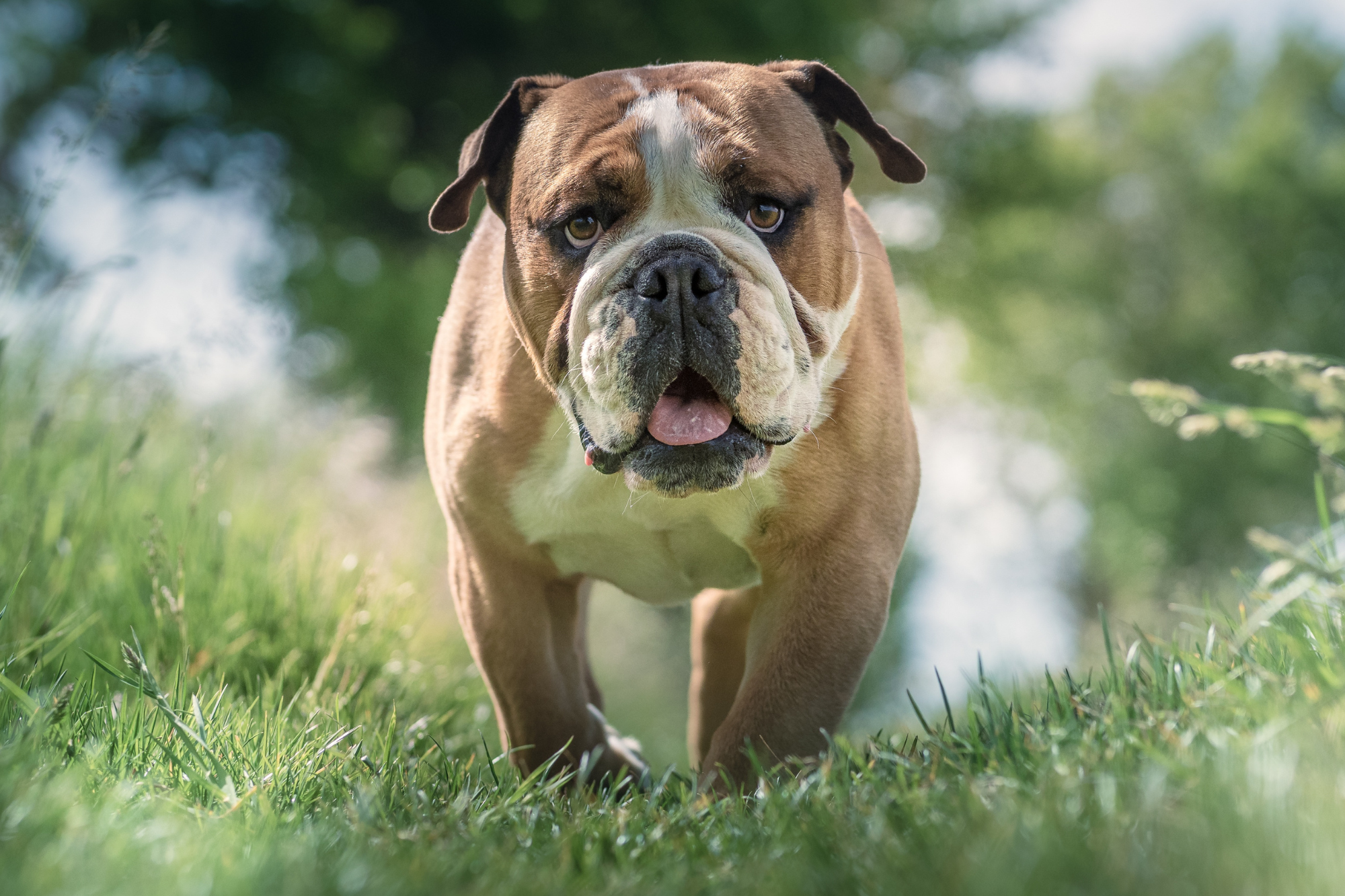BOAS Surgery
BOAS Surgery at Eltham Vet
Have you heard terms like stenotic nares, soft palate shortening, BOAS surgery, or Brachycephalic Obstructive Airway Syndrome? If you own a bulldog, you’re likely familiar with these.
BOAS surgery is becoming increasingly common due to the rising popularity of bulldogs. However, not all vets are trained or confident in performing this complex surgery.
At Eltham Vet, Dr Steve Pryor has a special interest in bulldogs and brings years of experience performing BOAS and general surgeries.

What’s Included When You Choose Us?
Consultation with Dr Steve Pryor
You’ll have a 30-minute pre-surgery consultation with Dr Pryor, allowing you to:
· Meet the surgeon who will operate on your dog
· Ask questions about the procedure
· Receive a comprehensive clinical exam for your dog
Pre-Anaesthetic Blood Test
This test checks your dog’s:
· Red and white blood cell counts
· Liver and kidney function
· Thyroid function and glucose levels
These insights allow us to tailor the anaesthesia for your dog’s safety and comfort.
Dedicated Nurse Monitoring
A qualified nurse will monitor your dog’s vitals—oxygen levels, heart rate, and blood pressure—throughout the surgery and recovery.
Post-Operative Pain Relief and Antibiotics
· IV pain relief and antibiotics in-clinic
· Take-home medications for continued comfort
· Some dogs receive a pain relief patch that works for up to 5 days
Follow-Up Appointment
Two weeks after surgery, you’ll return for a post-op check with Dr Pryor to ensure everything is healing well.
Ready to Book?
Contact our friendly reception team on (03) 9439 8650 to schedule your consultation with Dr Steve.
Frequently Asked Questions
Read on to find out about some commonly asked questions we receive about BOAS surgery.
Where are you located?
We are conveniently located approximately 40 minutes north of Melbourne’s CBD - easily accessible from the city and surrounding suburbs.
Will my dog need to stay overnight?
No. Your dog will go home the same day once stable and fully awake from anaesthesia.
Will my dog need special food after surgery?
Yes. For 2 weeks post-op:
· Feed soft food rolled into meatballs
· Avoid crumbly or overly wet foods
How do I know if my dog needs BOAS surgery?
Signs your dog may need surgery include:
· Loud or laboured breathing
· Snorting, gagging, or retching
· Heat and exercise intolerance
· Prolonged recovery after exertion
· Frequent vomiting or regurgitation
What does the surgery involve?
BOAS surgery addresses multiple airway obstructions, such as:
· Stenotic nares correction: Widening the nostrils
· Soft palate trimming: Shortening excess tissue
· Laryngeal saccules removal (if needed): Reducing throat blockage
· Tonsil or other airway adjustments as needed
These help reduce resistance and improve airflow, especially during heat or exercise.
Is the surgery safe?
While generally safe with an experienced vet, potential risks include:
· Post-op swelling or bleeding
· Aspiration pneumonia
· Scar tissue formation
· Anaesthesia complications (rare)
Most dogs do very well, especially when surgery is done before severe airway damage occurs.
What is recovery like?
· First 24–48 hours: Breathing may temporarily worsen due to swelling
· First 7–10 days: Soft food only, restricted activity, no collars (use a harness)
· 2–3 weeks: Most dogs return to normal activity
Will this fix the problem permanently?
BOAS surgery greatly improves breathing and quality of life, but it's not always a total cure. Some dogs may still experience:
· Mild breathing noises
· Heat sensitivity
· Digestive symptoms like regurgitation
Early intervention offers the best long-term results. Some dogs may need follow-up surgeries later in life.

BOAS Surgery
Our team of professionals are here to help make pet care easy. If you have any questions or concerns about your pet's health, don’t hesitate to get in touch. We love talking about animals and we’re more than happy to help! If you would like to make an appointment you can book online or give us a call to arrange a suitable time.
